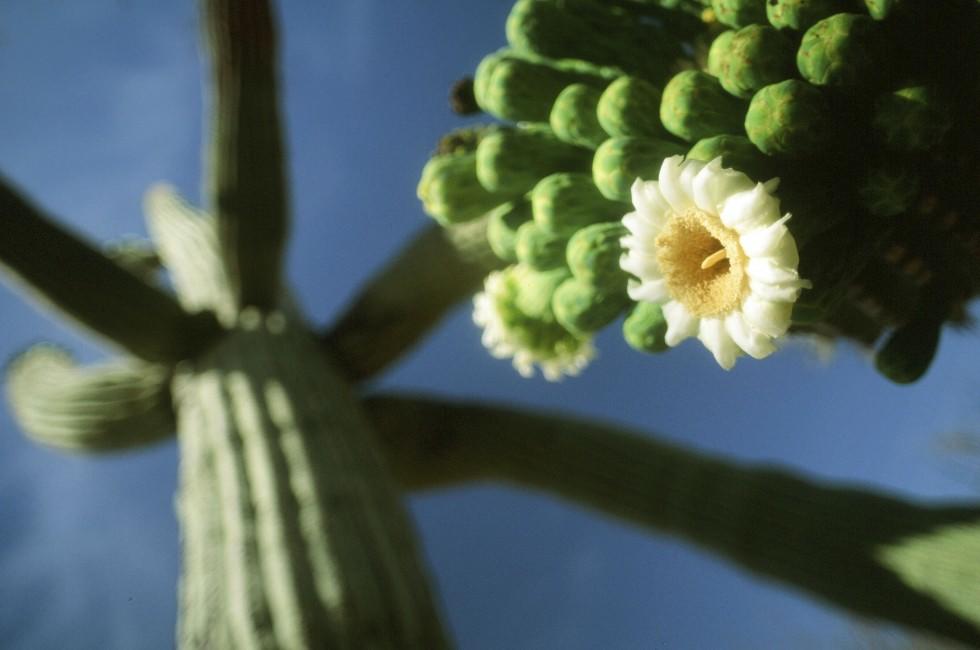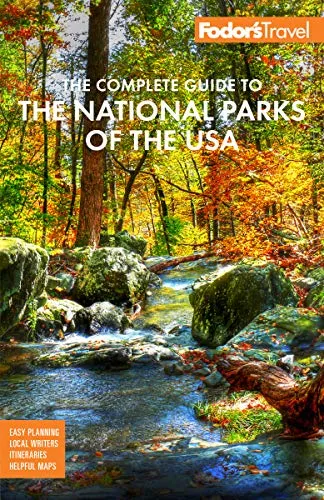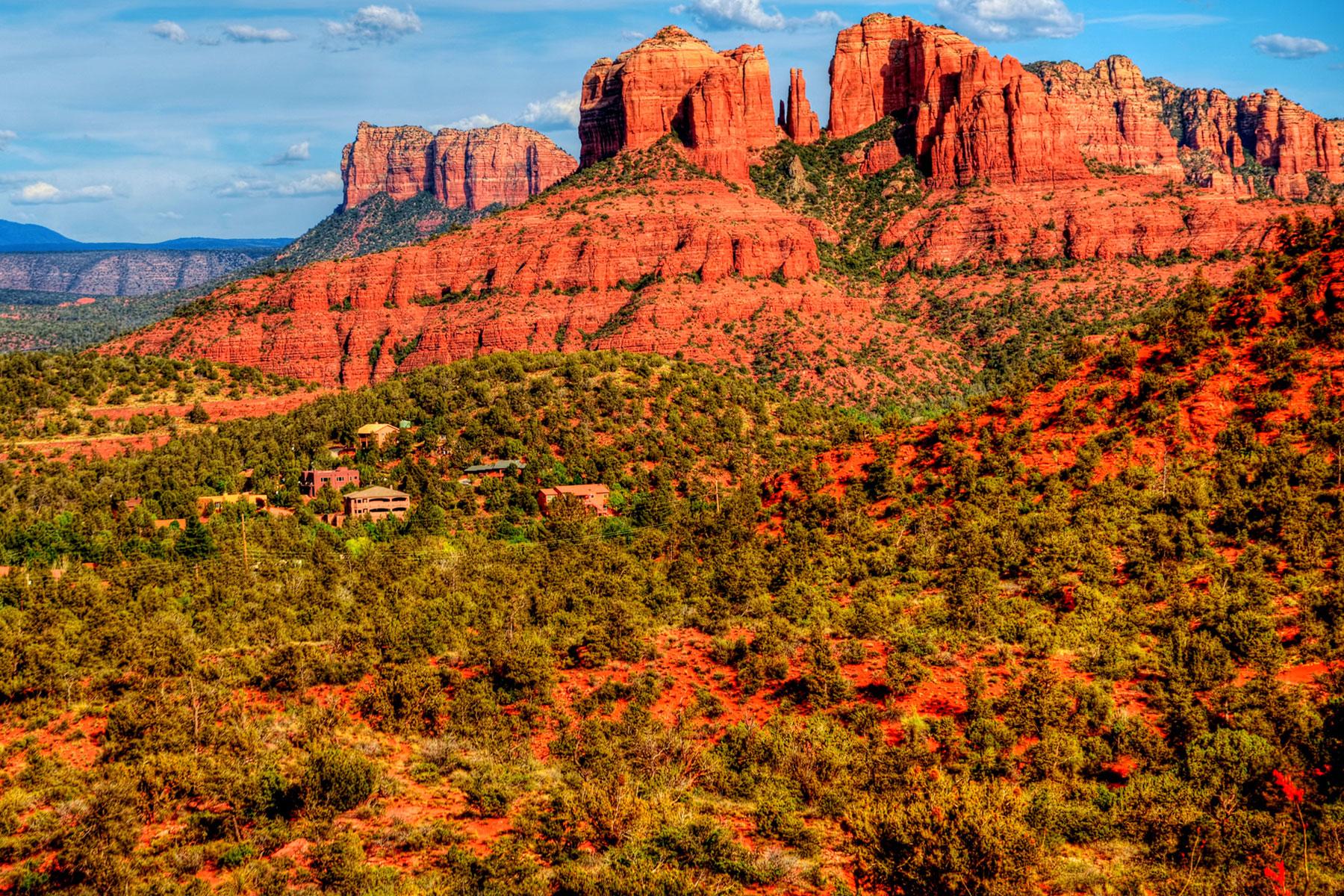Saguaro National Park
Saguaro National Park
Standing sentinel in the desert, the towering saguaro is perhaps the most familiar emblem of the Southwest. Known for their height (often 50 feet) and arms reaching out in weird configurations, a saguaro can survive more than 200 years. They are found only in the Sonoran Desert, and the largest concentration is in Saguaro National Park.
Saguaro National Park's two distinct sections flank the city of Tucson. Perhaps the most familiar emblem of the Southwest, the towering saguaros are found only in the Sonoran Desert. Saguaro National Park preserves some of the densest stands of these massive cacti.
Known for their height (often 50 feet) and arms reaching out in weird configurations, these slow-growing giants can take 15 years to grow a foot high and up to 75 years to grow the...
Read MoreStanding sentinel in the desert, the towering saguaro is perhaps the most familiar emblem of the Southwest. Known for their height (often 50 feet) and arms reaching out in weird configurations, a saguaro can survive more than 200 years. They are found only in the Sonoran Desert, and the largest concentration is in Saguaro National Park.
Saguaro National Park's two distinct sections flank the city of Tucson. Perhaps the most familiar emblem of the Southwest, the towering saguaros are found only in the Sonoran Desert. Saguaro National Park preserves some of the densest stands of these massive cacti.
Known for their height (often 50 feet) and arms reaching out in weird configurations, these slow-growing giants can take 15 years to grow a foot high and up to 75 years to grow their first arm. The cacti can live up to 200 years and weigh up to 2 tons. In late spring (usually May), the succulent's top is covered with tiny white blooms—the Arizona state flower. The cacti are protected by state and federal laws, so don't disturb them.








